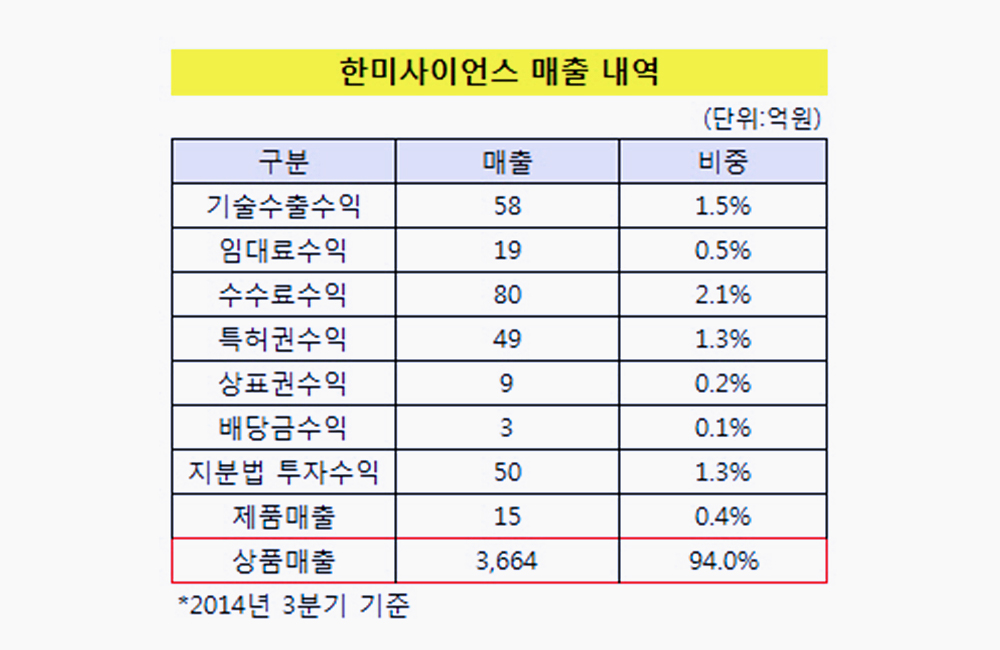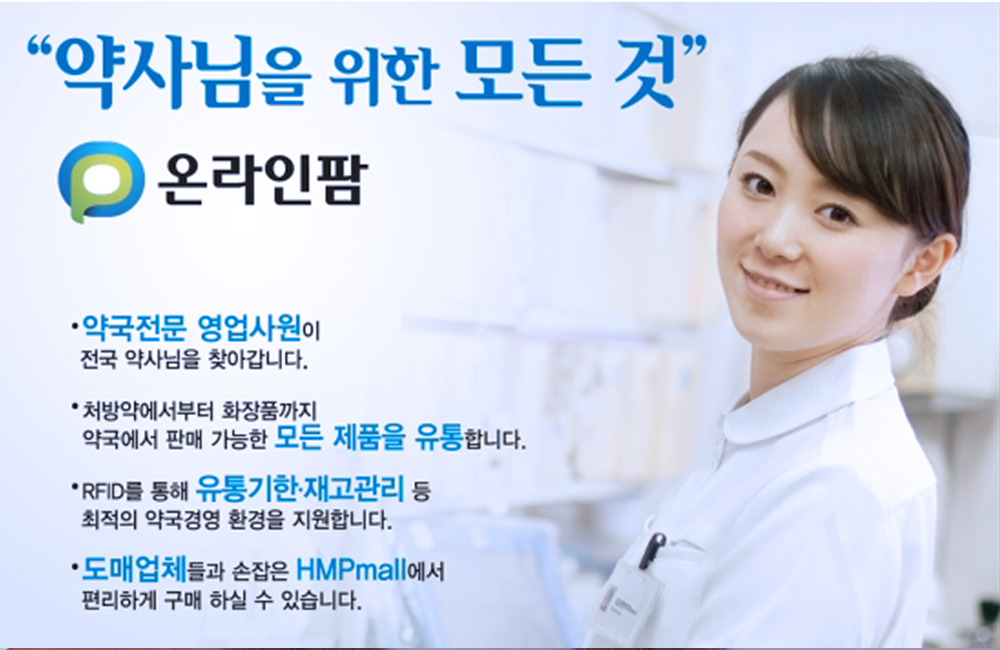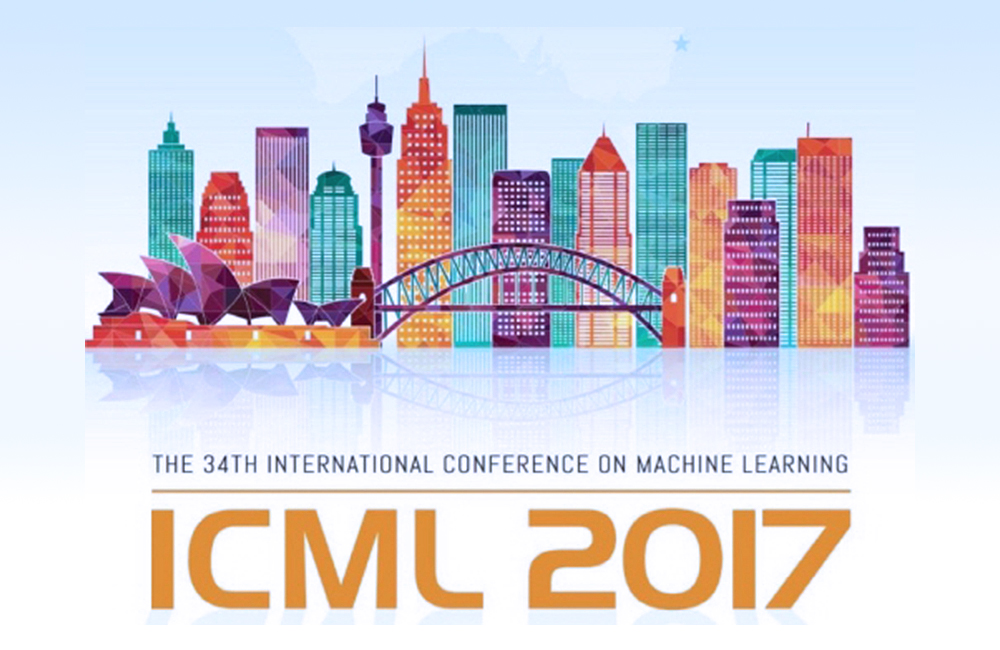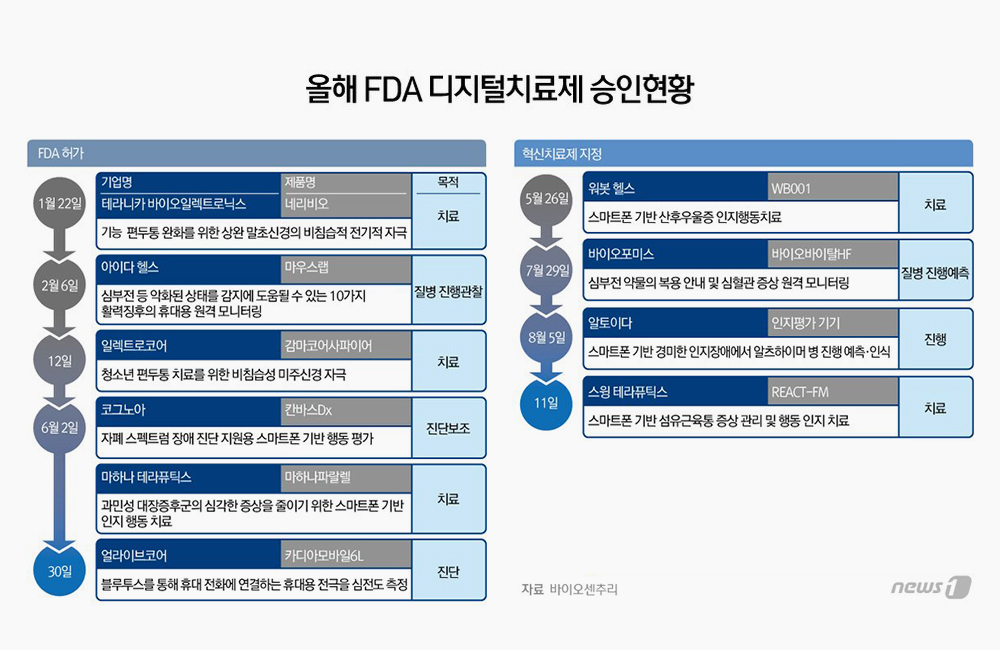ChatGPT is in the news every single day—and not a single day goes by without a breakthrough application of the revolutionary AI tool that shakes up various industries.
Healthcare, of course, is in no way, the exception to this shakeup. As the needs for better, faster, more reactive (and even proactive) solutions continues to grow, AI technologies like ChatGPT have come forth as powerful tools that can transform the healthcare landscape.
The wide reach of ChatGPT’s impact on current processes in the healthcare space is occurring in the present moment, not in the distant future. For instance, the latest iteration of ChatGPT only recently passed the U.S. medical licensing exam with flying colors—and went as far not only as to provide doctors with recommendations and diagnose extremely rare conditions in the fraction of the time it took its human counterparts, but also well as provide the exact “thought process” it followed to draw the specific conclusion.
Stunning, right? And this is only the beginning, very much in the early testing phase.
Let’s take a look at some ways AI can transform the healthcare sector in the near future.
Increasing Accessibility To Healthcare Information For Doctors and Patients
One of the biggest and most successful AI applications—and perhaps one of the most self-explanatory ones, too—is the potential of AI solutions to bridge the gap in access to necessary (and reliable) medical information between (and for) medical professionals and patients alike.
On one hand, the technology's ability to synthesize vast amounts of data and provide useful answers can support medical professionals in providing answers to questions, speeding up the research process, informing about certain guidelines and generating drug-specific information. This can empower medical professionals to provide better and faster medical care to patients, as well as make better-informed decisions overall.
On the other, AI can enable information access to the patients as well. From supporting doctors at bedside to providing well-calibrated answers to basic patient questions, AI can make the patient feel better informed, more at ease and better taken care of in the process.
Here are five ways in which leaders healthcare leaders should seek out opportunities to implement AI solutions in their operations.
1. Improving Patient Organization
A frequently discussed hurdle in the healthcare space is the amount of effort and time it takes for patients to get the necessary directions to the right medical professional. With the support of AI, the time and accuracy of the triage process can be accelerated and improved in terms of efficiency, making sure that patients receive the resources and care they truly need and that their medical predicaments and needs are met as soon as possible, with the necessary expertise.
There is also the additional layer of prioritization that’s key for medical professionals to optimize their time and schedule to address patients based on the urgency of the care needed, effectively minimizing the time expenditure and long waiting times that patients so often complain about.
2. Expanding Telemedicine Capabilities
While telemedicine saw a powerful uprise amid the Covid-19 pandemic, it has only become more normalized even after we’ve made the slow transition back to in-person care. With this said, a lot remains to be improved in how remote care is administered today since the convenience of telemedicine makes it a popular choice among patients globally—in particularly for those in remote areas.
AI has the potential to take telemedicine to the level it’s expected to grow too fast, improving the quality of care that patients get at a distance through higher levels of personalization, improved response times, individualized advice and educational content and research to support the medical professional prior to meeting with the patient or throughout the patient-provider relationship.
3. Growing The Scalability Of Personalized Medicine
The concern with personalization has always been its scalability—and where AI can really push the boundary is its ability to quickly analyze and synthesize personalized data sets for answers tailored to each patient’s needs.
AI essentially can solve for the biggest hurdle that holds the faster rise of personalized medicine—the amount of time it takes to develop a personalized treatment plan and based on such factors as patients' genetic information and medical history.
4. Enabling Preventative Care
With AI's ability to analyze data fast and (down the line) acquire predictive analytics “skills,” there are two key outcomes and opportunities to consider.
1. Increasing the speed of reactivity to major health concerns presented to providers by patients.
2. Smoothly transitioning from reactive to preventative care as the norm, ensuring that certain ailments and conditions are diagnosed and addressed ahead of time rather than treated after the fact.
AI has already made significant strides in properly identifying and diagnosing rare conditions; leaders must continue to monitor closely as we observe the natural progression of its capabilities and impact on the sector.
5. Removing Language Barriers
Cross-border support and concerns about communication barriers between patients and providers are as old as time, and AI can provide an optimal solution to this. The technology can easily enable professionals to support patients despite any language barriers, effectively breaking down yet another barrier that affects the quality and speed of care that patients receive day-to-day.
Not only can this accelerate the doctors’ ability to provide the necessary support to patients, but it can also ensures easier access to appropriate healthcare no matter where they are located and what language they speak.
The revolution has already begun—and it’s only going to grow in its reach and pace.
While AI is here to drive many changes, however, it’s by no means meant to replace the human element in the healthcare sector. I hope this article holds some valuable takeaways for leaders seeking to better understand AI's complementary potential for the work that healthcare providers do day-to-day, making sure that the winners at the end of the day are medical professionals and patients alike.









